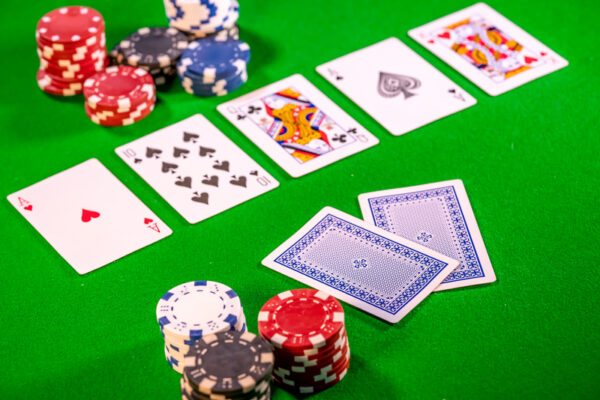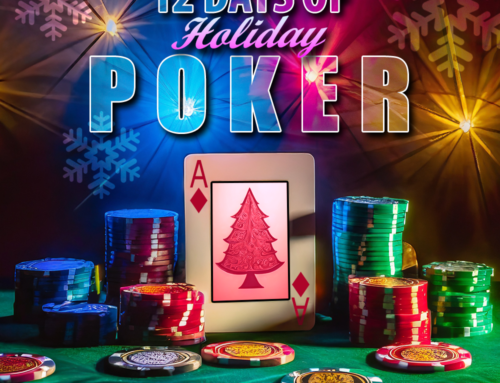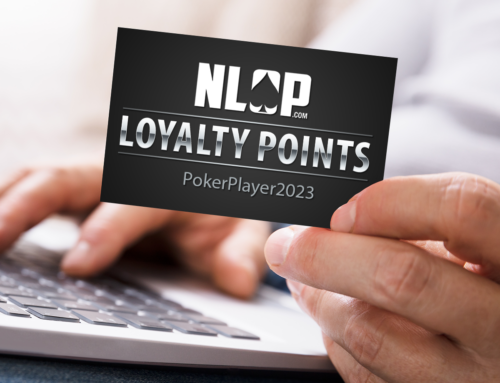If you make it to the river, you’re dealing with pots that are at their largest, and you’re dealing with some difficult choices. You can face triple barrel bluffs (or have to hold firm on ones that you’ve made). You can end up realizing the folding is the right choice, even after making it through the other streets. If you call and end up being right, you can redeem a session that has been tough for you thus far, but if you bluff at the wrong time, you can end up losing a ton of money. Check out how you can win on the river.
There’s no way out of the tough choices, but there are some steps that you can take to make life on the river a little less turbulent – and increase your win rate along the way.
Practice determining ranges when you’re not actually playing
Over time, you can figure out a player’s range on the basis of the choices that he or she makes over the course of a session. This range becomes increasingly clear as you get to the river. The process of determining range should be continuous, taking each move into account. Note their actions pre- and post-flop; how they make decisions at each position; the size of their bets; how they react when others bet.
The more aggressive action has been, then your opponent’s range should narrow, and get stronger. If the play has been passive, that range should increase in size. As you play, ask yourself what your opponent’s pre-flop range appears to contain, whether your opponent’s range is capped when your opponent does not c-bet on the turn, and which hands your opponent might c-bet as opposed to check back when in position. Knowing these things will help you make the right choices on the river. You can practice this by watching other games – when your own money is not at hazard.
Use pot odds when betting and calling
The river brings action to the end, so pot odds will tell you whether to call or fold. Look at your opponent’s bet size and divide it by the total size of the pot if that bet is called. Let’s say that there is a $100 pot on the river, and you’re looking at a $60 bet. Divide $60 by $160 to get a range of about 27 percent. That means that you need to have the best hand opposed to your opponent’s range over 27 percent of the time for the call to turn out to be profitable.
Think about an overbet with a polarized range
At the river, you face betting ranges that are generally polarized. No one is worried about denying equity at this point, so average hands are bet for value. If you overbet here, you get the most out of your top hands – and generate maximum fold equity when you’re bluffing. In other words, it’s time to overbet when it is not likely that the opponent has a hand within their range that would beat your range for value overbetting.
Try these tips out for yourself at National League of Poker
Code: ZVT13TKB
Expires 10/15/20







